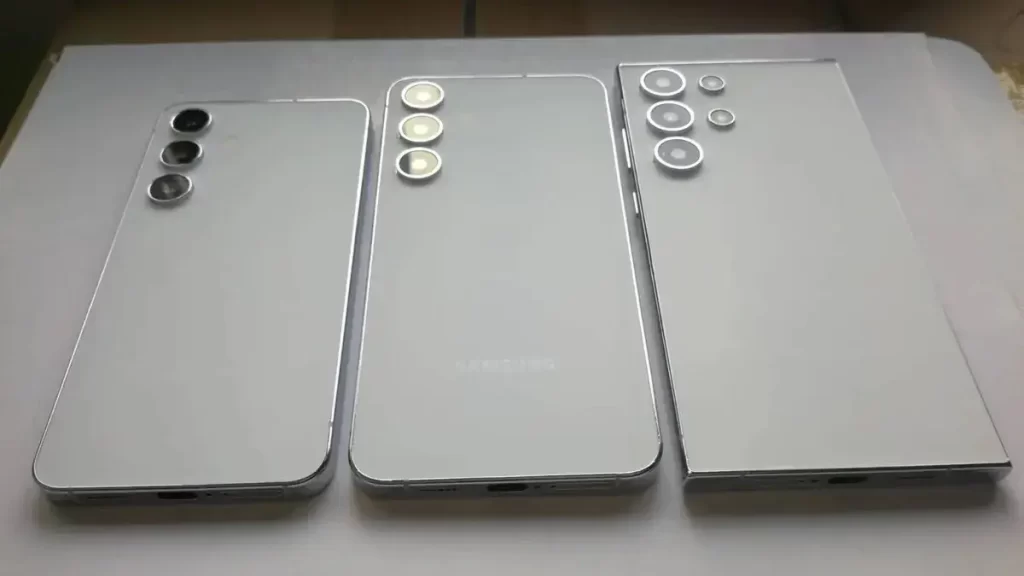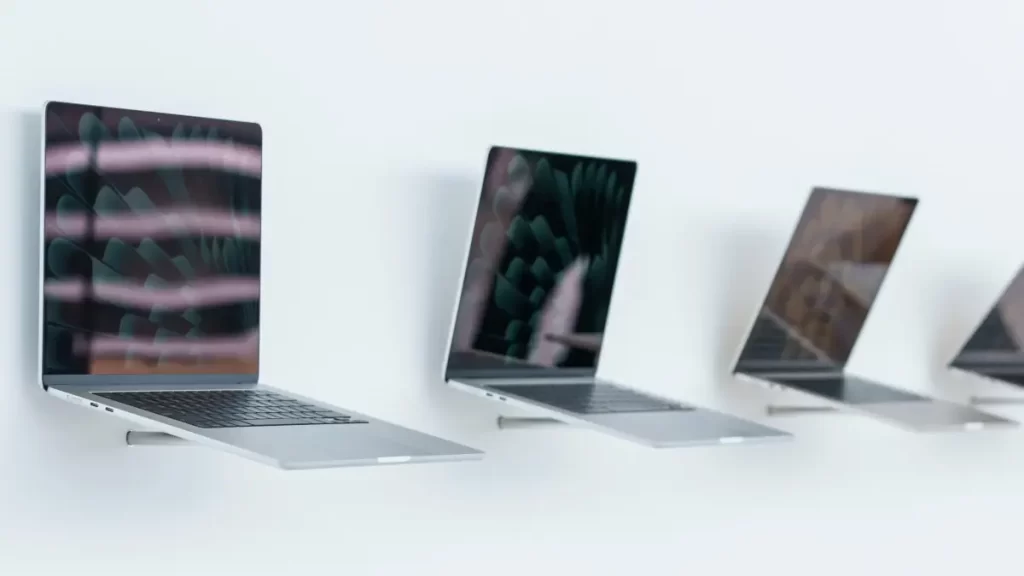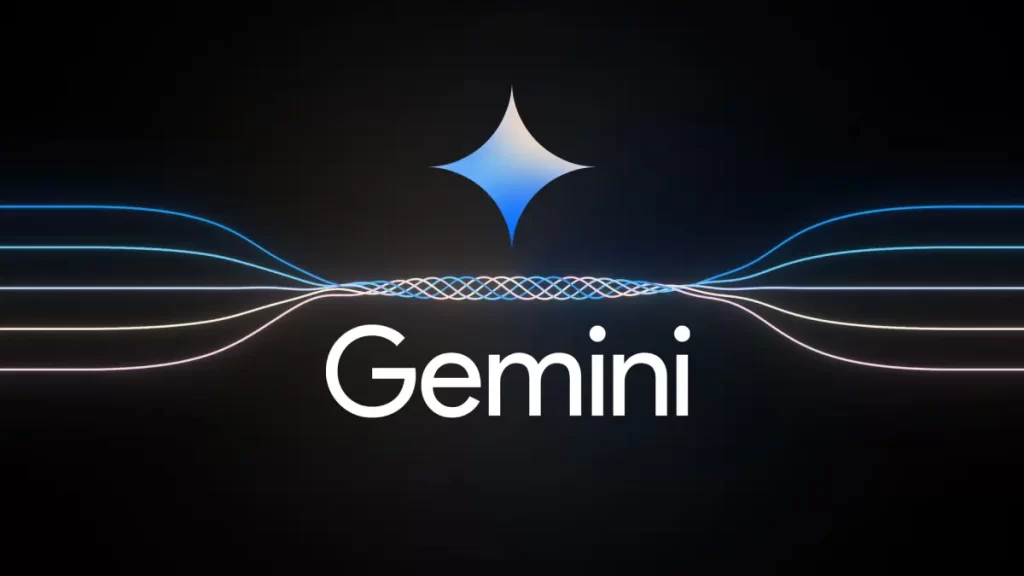Windows 11, the first major update to the Windows platform since Windows 10 launched in 2015. Microsoft’s latest operating system offers a new interface and several features that bring Windows into a post-2020 world with more people working between their homes and the office. For existing Windows 10 users, Windows 11 will be available as a free upgrade — though the release will be staggered, and some PC users will not be able to install Windows 11 until mid-2022. Still using Windows 7? Learn how to upgrade to Windows 10 for free. Before you install the new OS, let’s go over the big changes Microsoft made and dig into what’s really different.
Design and interface
Windows 11 brings a brand-new, more Mac-like interface to the OS. It features a clean design with rounded corners and pastel shades. The iconic Start menu also moves to the center of the screen along with the Taskbar. But you can move those back to the left, as they are in Windows 10, if you prefer.
Android app integration
What it is: Android apps will be built into Windows 11 natively through the new Microsoft Store — a change Windows users have been waiting on for years. Know, however, that support for Android apps is not part of the first shipping version of Windows 11: It will come with another release in the coming months.
Though you could access Android apps on your Windows 10 PC in certain cases (like if you have a Samsung Galaxy phone), Windows 11 will mark the first time everyone will be able to download them directly onto your PC. (Here’s everything to know about Android apps on Windows 11.)
How you’ll use it: Once Windows 11 can handle them, Android apps will be in the new Microsoft Store via Amazon’s Appstore. That means you’ll need to download the Amazon Appstore to access the nearly 500,000 apps available there, including Disney Plus, TikTok, Netflix, Pinterest and Uber. However, you won’t be able to access every Android app found in the Google Play Store.
When it’s time, you’ll need to download the Amazon Appstore and sign into or create an Amazon account. Then you’ll be able to search for free or paid apps as you would on any other platform. Android apps will be integrated into the Start bar and will also appear on the Taskbar with their own windows.
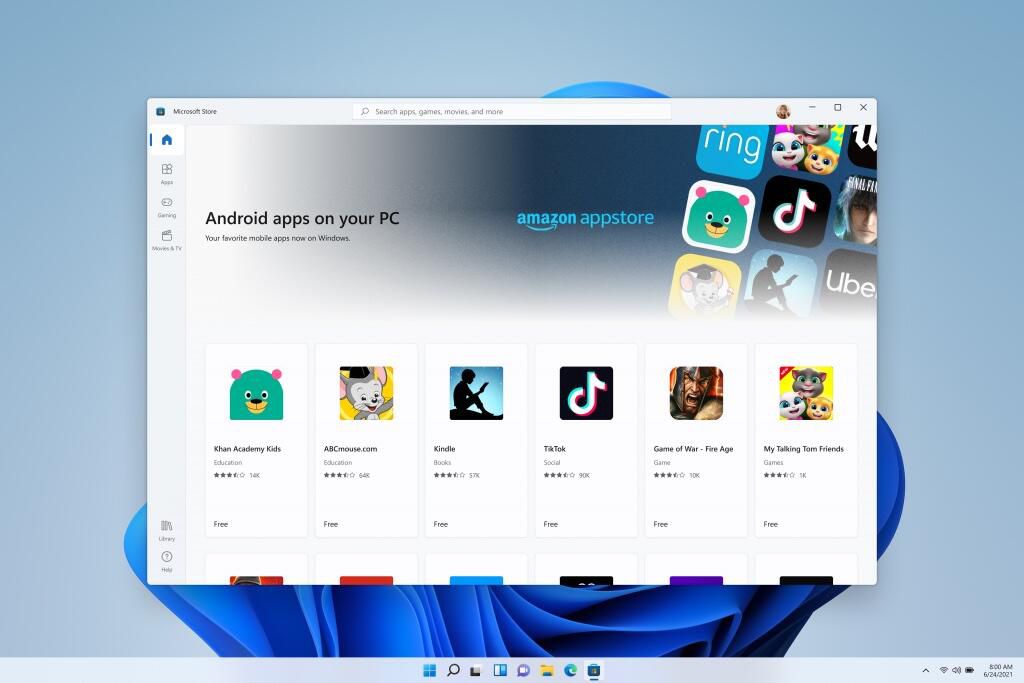
Better virtual desktop support
Windows 11 will let you set up virtual desktops in a way that’s more similar to Macs, toggling between multiple desktops at once for personal, work, school or gaming use. In Windows 10, this was harder to set up and use.
What it is: Windows 11 lets you more easily create separate virtual desktops for each part of your life, and customize them with different wallpapers, so you can create a desktop for personal use, work, school, gaming or anything else, and easily toggle between them. This is similar to the MacOS virtual desktop feature.
How you’ll use it: Tap the desktop button on the taskbar to pop up a panel with your current desktop. Tap the plus button in the New desktop area to create a new desktop. Tap the X button to remove it. Then tap a desktop to switch to it.
Easier transition from monitor to laptop
The new OS includes features called Snap Groups and Snap Layouts — collections of the apps you’re using at once that sit in the taskbar, and can come up or be minimized at the same time for easier task switching. They also let you plug and unplug from a monitor more easily, without losing where your open windows are located.
Snap Layouts
What it is: When you’re working in a bunch of open windows, Windows 11 will let you arrange them in different layouts on the screen, and will save all of those windows in that arrangement.
How you’ll use it: When you open a window, you’ll see a button that looks like a square in the top right corner, in between the X and the minimize button. Hover over that to see different layout options for that window, and select the layout and the position within the layout that you want to place that window.
Snap Groups
What it is: Snap Groups are the set of open windows that you saved in Snap Layouts, found in the taskbar for easy access to call up once again, so you can minimize or maximize them as a group.
How you’ll use it: Hover over your browser in the taskbar (it’s unclear if you need to be using Microsoft Edge to do so, as Microsoft did in its demo). You’ll see the different groups of sites and apps you created pop up. Click the one you want to open the whole group again. (Here’s more about using Snap Layouts and Snap Groups.)
Microsoft Teams added to the Taskbar
Teams is getting a facelift and will be integrated directly into the Windows 11 taskbar, making it easier to access (and a bit more like Apple’s FaceTime). You’ll be able to access teams from Windows, Mac, Android or iOS.
What it is: Windows 11 builds Microsoft‘s video chat platform Teams directly into the operating system, making it easier to access for daily use. You can connect with others on Teams across Windows, Android, Mac or iOS.
How you’ll use it: You may see Teams appear in the taskbar. If not, you can search for it. Click the Teams icon to launch a Chat tool, letting you choose if you want to message, text, voice or video call one of your contacts. Click Meet or Chat, and choose who you want to contact. Or, open the full version of Microsoft teams by clicking the box at the bottom of the Chat screen. (Here’s more about how to use the new and improved Microsoft Teams in Windows 11.)
Widgets
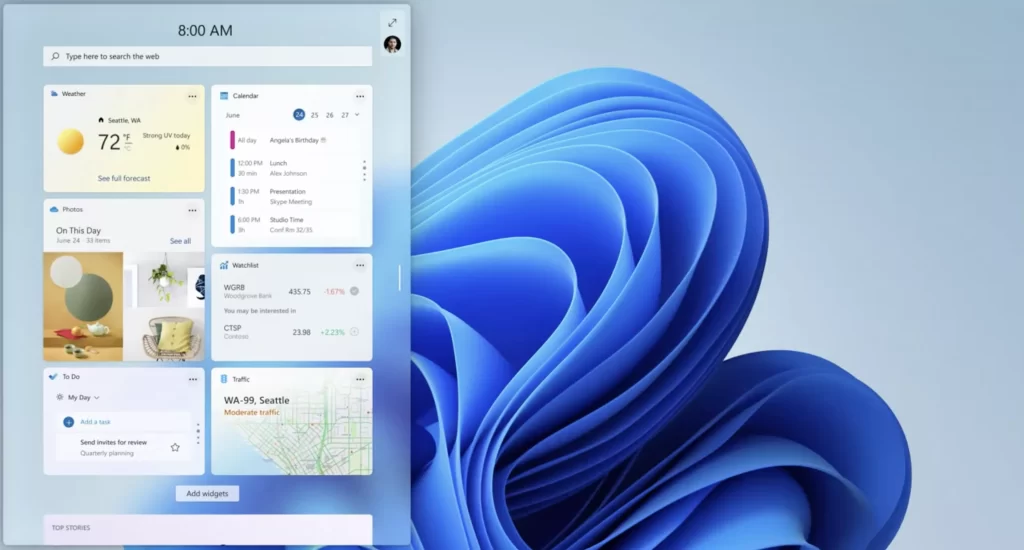
While they’ve been around for a while (remember desktop gadgets on Windows Vista?), including in a recent Windows 10 update, you can now access widgets directly from the Taskbar and personalize them to see whatever you’d like.
What it is: Windows 11 adds Widgets to the interface — an AI-powered customizable feed that slides out to show you such info as news, weather, a glimpse at your calendar and to-do list and your recent photos. Widgets are similar to a feature called news and interests found in a recent Windows 10 update.
How you’ll use it: On the newly redesigned taskbar, you’ll find a button for Widgets. When you click or tap it, a panel will slide out from the left side of your screen with a series of widgets that give you the at-a-glance information you’re looking for. You can also expand it to be full screen.
Enhanced touchscreen, voice and pen support
For tablets, Microsoft has aimed to improve the experience for touch, with more space between icons on the taskbar, and adding gestures. Windows 11 also adds haptics to your digital pen, so you can hear and feel vibrations as you use it for taking notes or drawing. Finally, the OS introduces voice typing and commands across the system.
Xbox tech to improve gaming
Windows 11 will get certain features found in Xbox consoles, like Auto HDR and DirectStorage, to improve gaming on your Windows PC. This marks another move toward integrating PCs and Xbox consoles for Microsoft.

